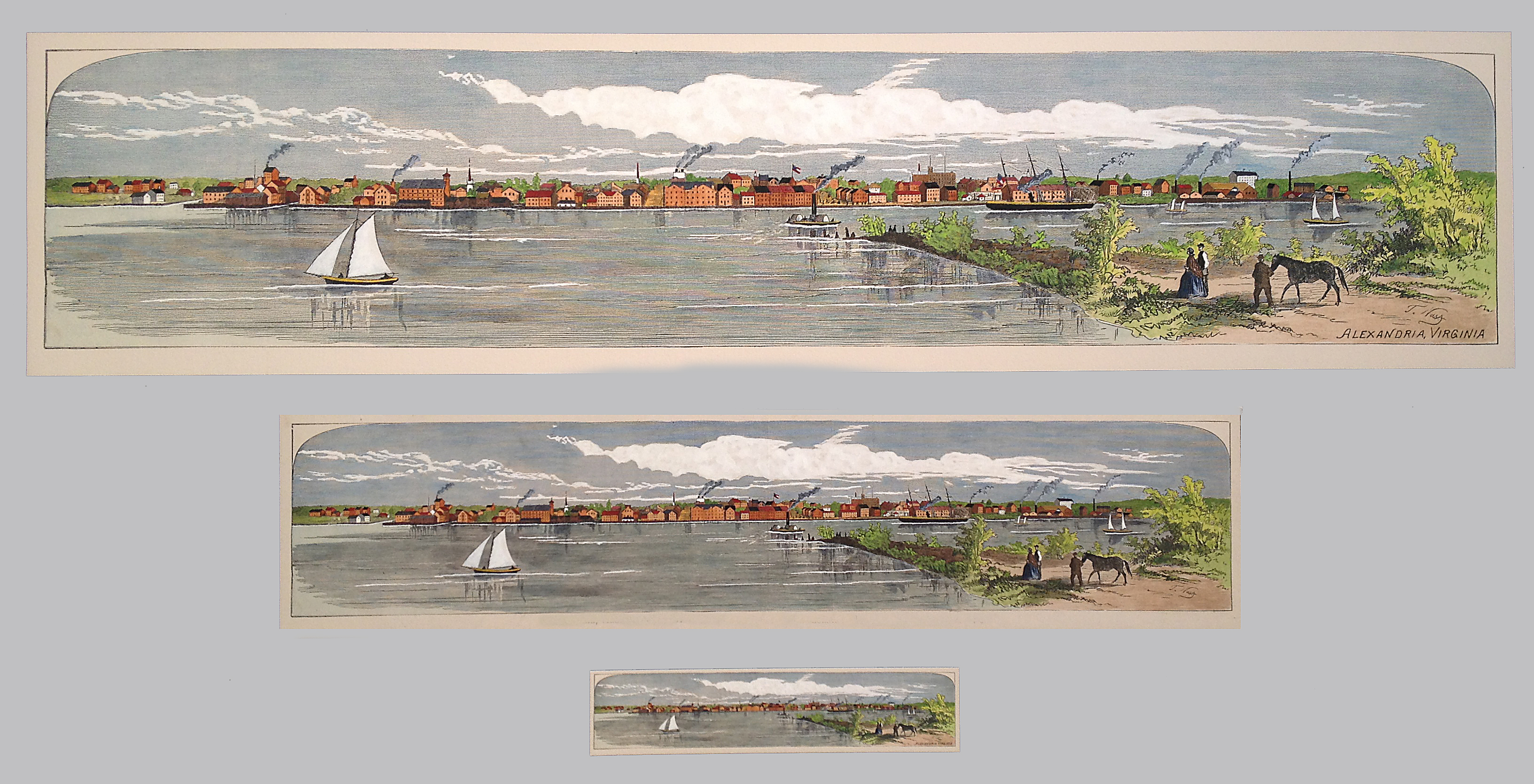Articles
Giclee Print Sizes and Edition Quantities
As an artist or photographer it is important to plan out a strategy for print sales. This will prevent you from depreciating your own print values by over-saturating your market. One of the best strategies for success with print sales is to limit your edition numbers and sizes. If you aren’t familiar with limited edition prints, just keep reading! This article is our guide to making decisions about the sizes and quantities of your editions.
Multiple print sizes. Artist: Matthew Johnston
Artist: Zoe Jarvis
Limited edition giclees or digital fine art prints have smaller editions than traditional offset lithography print runs of hundreds or even thousands. A digital fine art print edition usually will not exceed 250 prints and the number of sizes offered of a particular image usually will not exceed three (mini, medium, and large). Digital fine art prints are to be looked at as an extension of an artist’s original artwork or are actually photographer’s originals. It is important to have a solid strategy for edition print sizes and quantities. This will ensure that you are maximizing your potential exposure and profit from your digital fine art print sale.
Some artists choose to sell only open editions. An open edition is an edition that is not limited. Those selling open editions are usually embellishing their prints to provide their clients with a unique, one of a kind print. The goal is to prevent market saturation of a particular image. We believe if you are not embellishing your fine art prints they should be limited. This way your clients can feel like they are part of an exclusive group or club when purchasing your work, adding value to what you are selling.
The most successful artists and photographers we work with have their giclee print sizes and edition quantities finalized before starting to sell a print edition.
There are strategies that range from selling only one size to selling up to three sizes of limited editions. There is no stipulation that says whether or not your prints should be actual size, larger, or even smaller than your original paintings if you are an artist. The same goes with edition sizes. These decisions will be based on personal preference. Whatever you do, you MUST divulge all of this information on your certificate of authenticity from the beginning of your edition. There are at least 9 states that require the certificates to be included with any item for which you are selling multiples. Limited edition prints fall into this category.
On a side note, it is generally frowned upon if you do a re-release of an edition at a different size than the first edition after it is sold out. This is unfair to your collectors.
If you do choose three sizes for your limited editions there is a general strategy for making them all work together. For example, if you have a large print at 20″x30″, then the medium will be somewhere around 16″x20″ and the minis may be 8″x10″ or smaller. Usually the medium size will have a higher edition number than the larger prints and the minis will not be numbered. You may choose to limit your edition of the 20″x30″ to (50) prints and the 16″x20″ to (100) prints. These sizes and numbers are just an example, each individual will choose numbers based on their own personal preferences.
Artist: Todd Healy
The mini giclee will sell at the lowest price point. The mini giclees are sold as open editions. They are signed, but not numbered. These are best when you have a retail sales location that you can put in a bin on the counter or near the register. This will help you make a sale if a person loves your work but is not prepared for the larger expense of the limited edition prints or original paintings. Usually people that have purchased mini giclees return for the limited edition prints or even originals at a future date. This size will still be available when the limited editions of this image sell out.
Whatever you do, just make sure you have your editions sizes and numbers figured out from the beginning. This will prevent you from getting frustrated from lack of print sales and from having any disgruntled customers feeling like they were not given the full truth when they bought your limited edition print.
Print safety tip: Archival storage boxes are a great option for storing your prints, keeping them safe from fading or yellowing.
Further reading selection: Signing Your Art Prints




